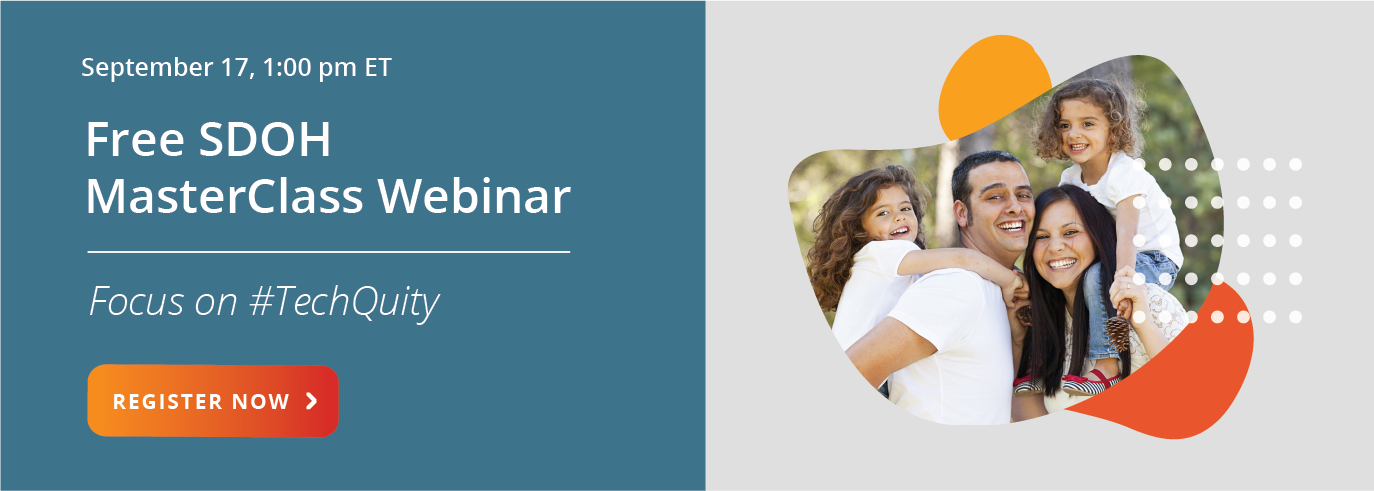The 211 dialing code was created in July 2000 by the Federal Communications Commission. This code was designed as an easy-to-remember phone number to allow any individual in any community to access the help they need, in the form of information about local community resources.
The 211 dialing code is similar to a 911 dialing code. Calls to 211 get routed to a regional call center. Any individual who calls a 211 helpline gets connected with an information specialist who inquires about their need and searches a database to appropriately connect them with a local community resource. The information specialist then provides the caller with information about the ideal community service to help with the caller's specific need.
Why do we need 211 when we have Google?
Every day, thousands of individuals live with unmet essential needs, which are also often called social needs. Some of these essential needs include food, shelter, and access to healthcare. When individuals aren't able to address their most basic needs this can profoundly impact their health, well-being, and safety.
The national 211 network's power comes from each call center’s breadth of local knowledge regarding the totality of resources available in each community. Endless hours are spent each year by resource specialists updating the information contained in 211 resource directories. When an individual facing a social need calls 211, that person or family can get tailored suggestions that they can have a higher level of confidence in rather than if they just opened Google and searched for some place that could provide help.
The 211 helplines throughout the country are set up to serve as a safety net for individuals who face obstacles in their daily lives by supplying critical information about community resources. Some of these local organizations might include:
• Supplemental food and nutrition programs
• Shelter and housing options and utilities assistance
• Emergency information and disaster relief
• Employment and education opportunities
• Services for veterans
• Health care, vaccination, and health epidemic information
• Addiction prevention and rehabilitation programs
• Reentry help for ex-offenders
• Support groups for individuals with mental illnesses or special needs
• A safe, confidential path out of physical and/or emotional domestic abuse
The 211 helpline is available to approximately 309 million people, which is more than 90% of the US population. While 211's have expanded the reach of their services, many recognize there are gaps to fill between providing information about local community resources and helping people navigate to the support that they need. Innovative information and referral programs are beginning to experiment with more robust care coordination to connect individuals to the outcomes they need.
How can technology help 211's advance their mission?
Many individuals call 211 with hopes of receiving help but are left with an unresolved problem. According to a small sample study, only 27% of callers reported that their problem had been resolved. 211 organizations face many challenges in their goal to provide solutions to unmet needs. Some of these challenges include:
• Responding to SDOH inquiries from healthcare and other stakeholders
• Maintaining accurate community organization profile data
• Building and maintaining web-based resources
Much like healthcare in America, our local social services and community-based organizations operate in a fragmented system. Many critical organizations that 211's depend on to refer to are struggling to survive financially or perpetually forced to restrict services. The outcome of a referral from a 211 specialist is only as good as the capacity of the services that exist in the community.
At Activate Care, our mission is to help the world act differently to achieve better health outcomes. We provide the ability to bring whole-person care collaboration together on one platform. We start where all social issues are solved: within the community. We are here to help - please join us.
Enroll in our upcoming #TechQuity edition of SDOH MasterClass, where we'll explore technology’s impact on health literacy, health equity, and health disparities. Register today!
